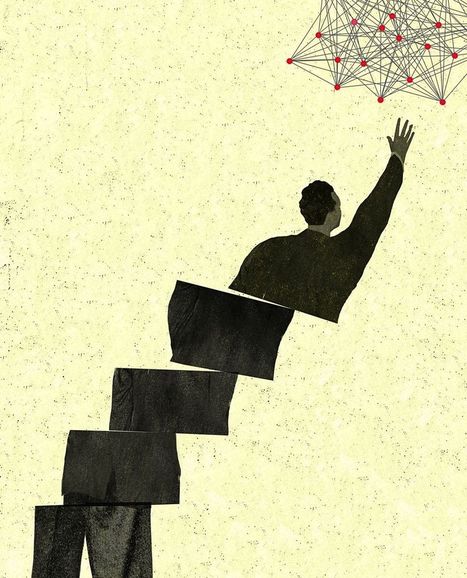Over the years, Goldstein has learned some important lessons about how to create an environment where innovation thrives. Here are seven essentials.
Be A Sponge
Innovators are intellectually curious and thrive on absorbing new information that may help their ideas. The I-lab holds regular programming and has a mentoring program to help innovators learn as much as they want to learn. Even if you don’t have the benefit of the I-lab, continually seeking out the information you need and people who can teach you essential skills and information is an important part of being innovative, she says.
o edit the content
Via The Learning Factor



 Your new post is loading...
Your new post is loading...



















Here's what Harvard students learn about how to create an environment where innovation thrives.